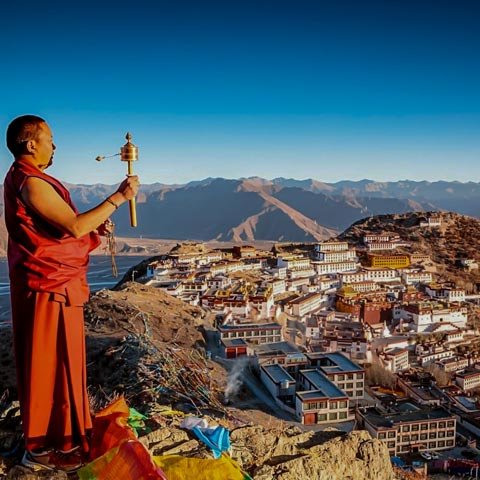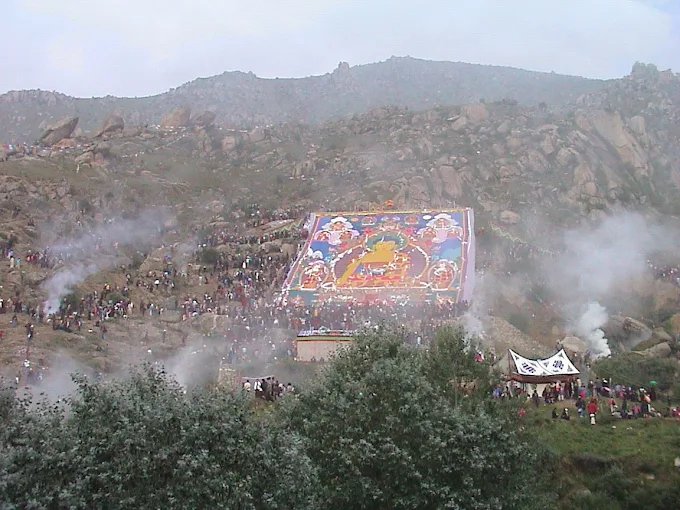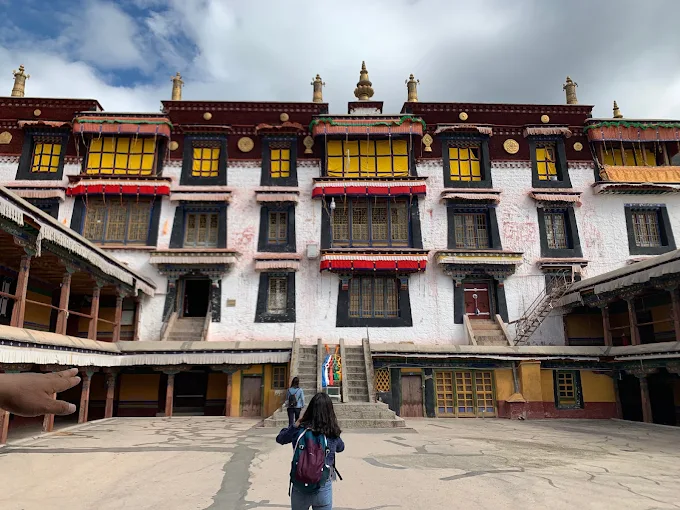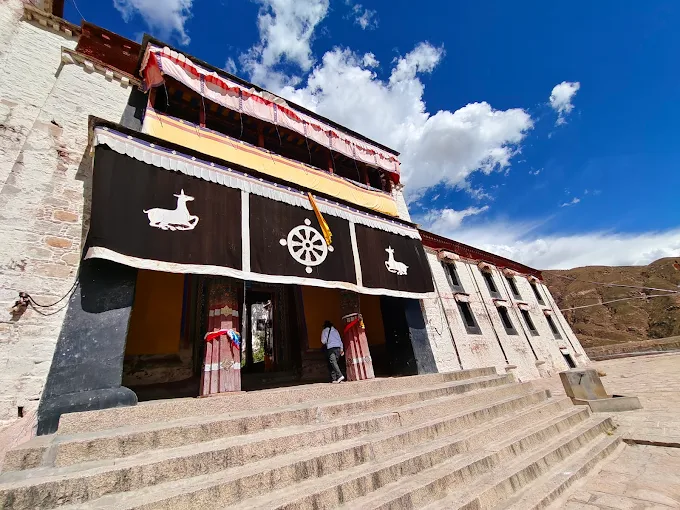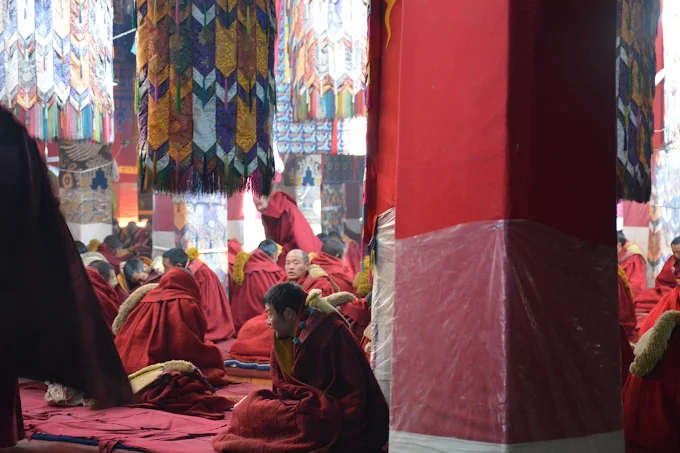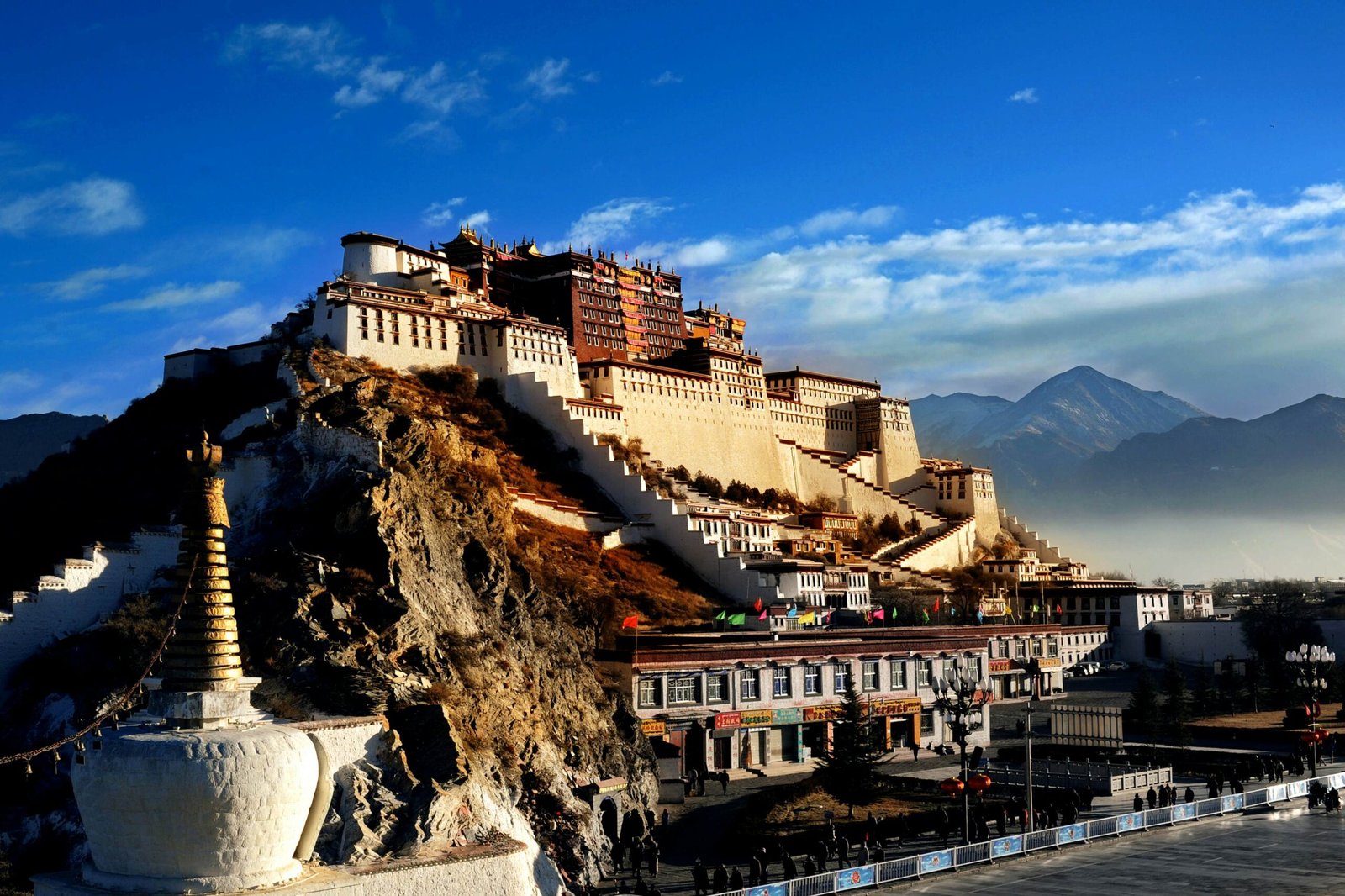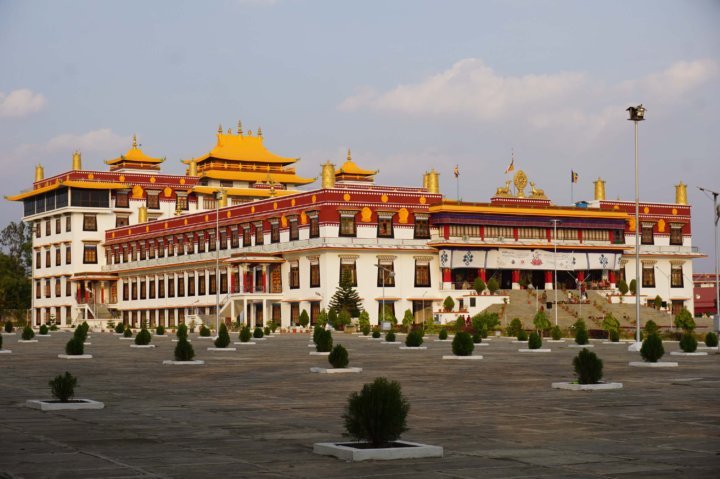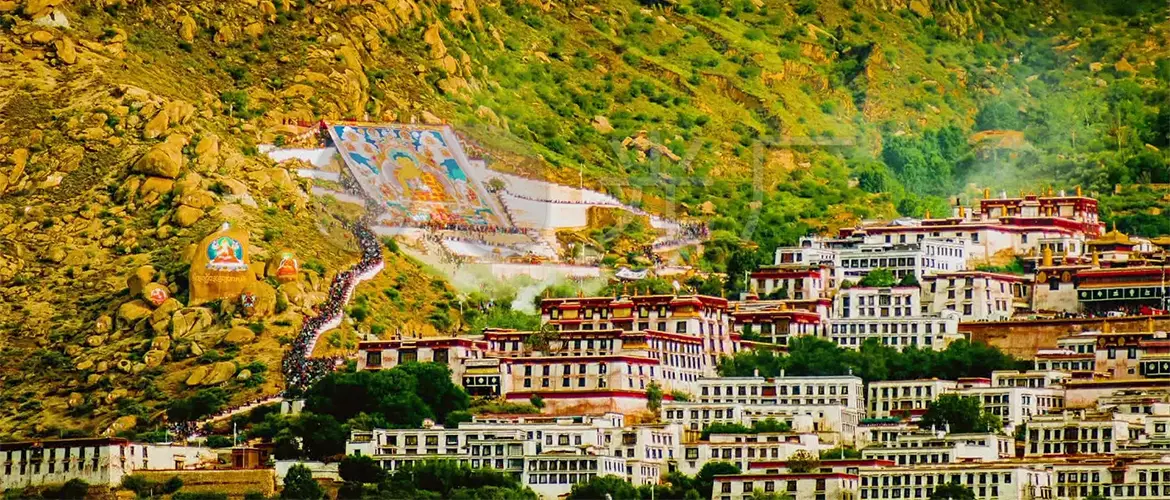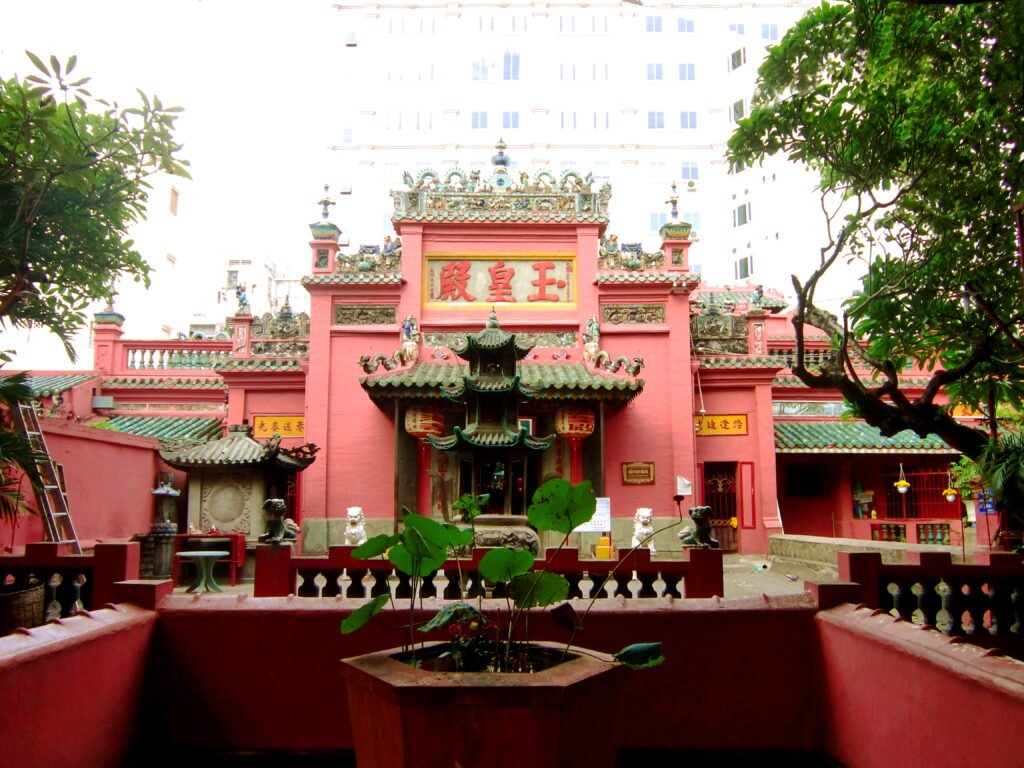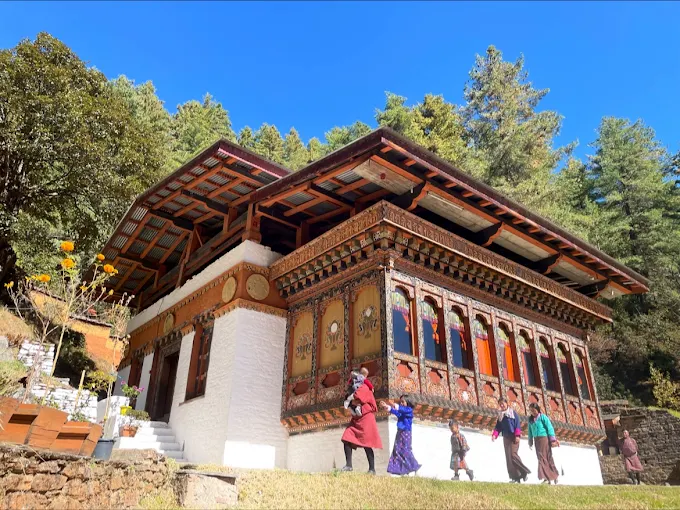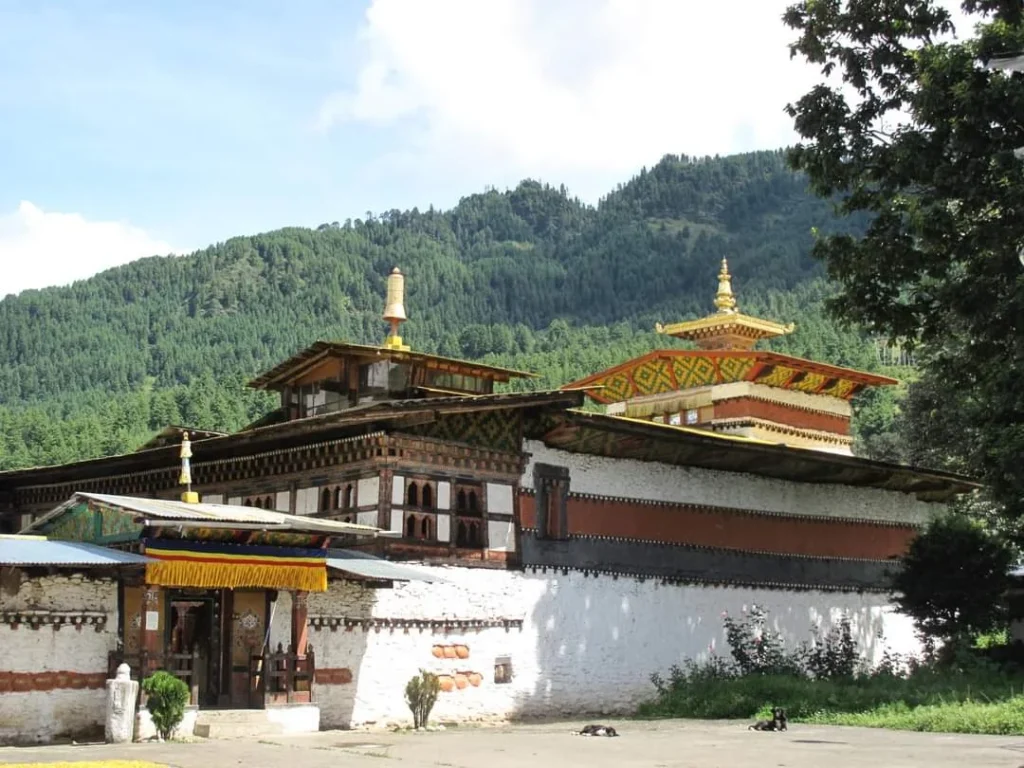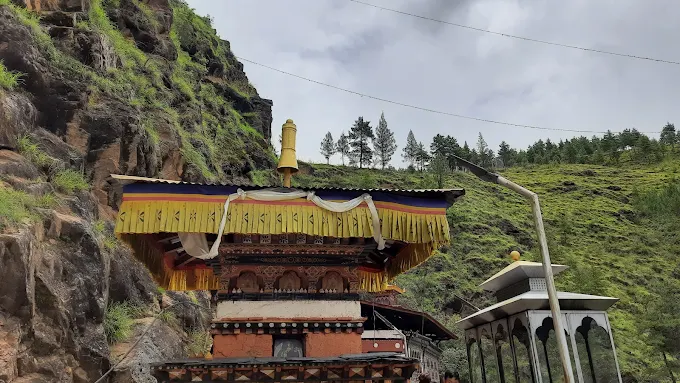Drepung Monastery: The Historic Seat of Wisdom
Discover Drepung Monastery’s vast halls, Dalai Lama legacy, and sacred rituals in this Lhasa, Tibet temple listing.
Drepung Monastery’s Storied Grandeur
Perched on Gambo Utse Mountain in Lhasa’s western outskirts, Drepung Monastery stands as a monumental testament to Tibetan Buddhist scholarship. Once the world’s largest monastery, its sprawling complex and Dalai Lama heritage draw pilgrims and travelers seeking spiritual depth. This Gelugpa stronghold, a beacon of wisdom, invites exploration of Tibet’s profound Buddhist traditions.
Essence of Drepung Monastery
- Historic Giant: Formerly housed thousands of monks, shaping Tibetan religious life.
- Buddhist Core: Venerates Shakyamuni Buddha, Maitreya, and Tsongkhapa, Gelugpa’s founder.
- Cultural Citadel: A living archive of Lhasa’s Buddhist learning and governance.
Historical Legacy
- Founded in 1416: Established by Jamyang Chojey, a disciple of Tsongkhapa, for Gelugpa training.
- Dalai Lama Seat: Home to the second through fifth Dalai Lamas before the Potala Palace.
- UNESCO Heritage: Part of Lhasa’s historic ensemble, preserving its ancient significance.
Cultural Distinction
- Scholarly Haven: A leading center for Buddhist philosophy and monastic education.
- Shoton Festival Hub: Hosts vibrant yogurt festival displays, drawing regional crowds.
- Pilgrim Magnet: Attracts devotees for its sacred relics and historical resonance.
Architectural Majesty
Drepung Monastery’s architecture sprawls across Lhasa’s hills, blending rugged Tibetan design with intricate Buddhist artistry. Its vast halls and vibrant thangkas captivate visitors. The monastery’s layout, a fortress of faith, reflects its role as a spiritual and political powerhouse.
Distinctive Design
- Tibetan Stronghold: Whitewashed walls and flat roofs create a fortress-like silhouette.
- College Cluster: Four main colleges (Loseling, Gomang, Deyang, Ngakpa) organize the complex.
- Mountain Harmony: Structures cascade down slopes, blending with the landscape.
Signature Structures
- Ganden Palace: Former residence of the Dalai Lamas, with ornate thrones and relics.
- Main Assembly Hall (Tsokchen): Houses a colossal Maitreya statue and ancient scriptures.
- Loseling College: The largest college, with vibrant murals and prayer halls.
Artisanal Craftsmanship
- Thangka Masterpieces: Colorful scrolls depict Buddhist deities and historical scenes.
- Wooden Carvings: Intricate altars and beams showcase Tibetan skill.
- Butter Sculptures: Delicate offerings crafted for festivals, adorning chapels.
Sacred Practices in Reverence
Drepung Monastery’s rituals blend solemn devotion with its legacy as a scholarly hub. Daily practices and unique traditions immerse visitors in Tibetan Buddhist life. Festivals, especially Shoton, transform the monastery into a vibrant center of faith and culture.
Sacred Daily Rites
- Sutra Chanting: Monks recite texts at dawn, resonating through vast halls.
- Butter Lamp Offerings: Visitors light lamps to honor Buddha and seek blessings.
- Prayer Wheel Spinning: Devotees turn wheels along paths, invoking merit.
Unique Spiritual Practices
- Scripture Study: Monks engage in rigorous Gelugpa text analysis, open to observers.
- Relic Veneration: Devotees honor Tsongkhapa’s relics in Ganden Palace.
- Meditation Sessions: Periodic retreats in quiet chapels, guided by senior monks.
Vibrant Festival Traditions
- Shoton Festival: Features thangka unveilings and Tibetan opera, celebrating yogurt offerings.
- Losar (Tibetan New Year): Prayers and butter sculptures mark renewal.
- Tsongkhapa Day: Honors Gelugpa’s founder with lamps and communal chanting.
Visiting Drepung Monastery
Drepung Monastery, west of Lhasa’s center, is accessible with respect for its sacred etiquette. Practical details ensure a smooth visit for tourists and cultural enthusiasts. Following protocols enhances the spiritual experience.
Getting There
- Address: Gambo Utse Mountain, Lhasa, Tibet Autonomous Region, China.
- Transport Options:
- Bus: Routes to Drepung Road; walk 600 meters up the hillside path.
- Taxi: A short ride from Barkhor Square; available via local apps.
- Walking: From Lhasa’s city center, a 45-minute trek through western streets.
- Landmark Note: Spot the monastery’s whitewashed complex cascading down the mountain.
Visiting Hours and Entry
- Hours: Open daily, 9:00 AM–4:30 PM; morning visits ideal for rituals.
- Entry: Free for worshippers; tourists require a Tibet Travel Permit.
- Etiquette:
- Wear modest clothing (cover shoulders and knees); remove hats in halls.
- Photography banned inside chapels; permitted in open courtyards.
- Walk clockwise around shrines; offer vegetarian items (butter, khatas).
Accessibility and Safety
- Accessibility: Limited; steep paths and steps, no ramps; mobility aids challenging.
- Guides: Local Tibetan guides offer English tours, often arranged at the entrance.
- Safety Tips:
- Watch for crowds during festivals; secure valuables.
- Stay on marked paths to avoid rocky terrain.
- Emergency contacts: Lhasa Police (110), Medical Assistance (120).
- Amenities: Nearby tea houses, restrooms, and small shops at the base of the hill.
